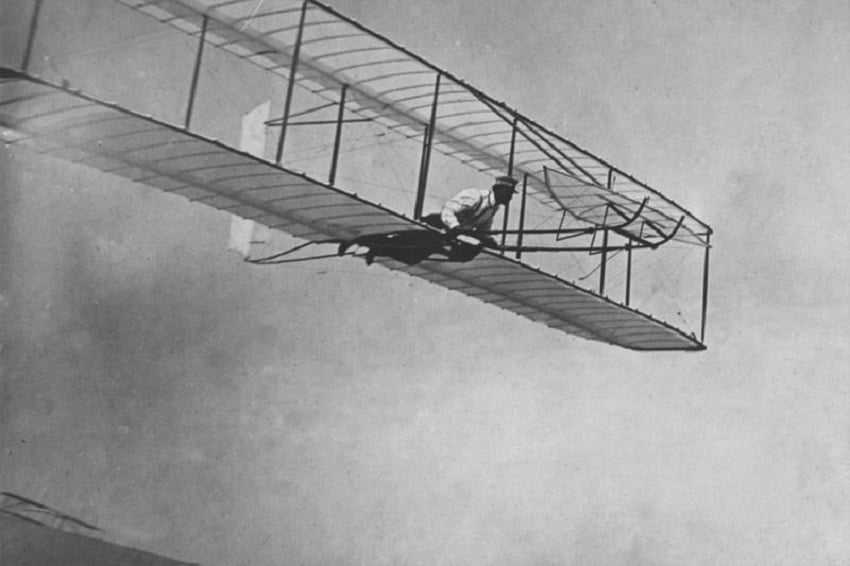

Parts for an aluminum alloy engine were cast at Buckeye Iron and Brass Works, their mechanic Charlie Taylor built the new design. Having no throttle, the motor only ran at full speed, tuned with a lever that adjusted the camshaft timing. tried to create one that had at least eight horsepower and weighed less than 200 lbs. The internal combustion engine went through many variations over the next 100 years before the Wright Bros. The first steam engine was patented and designed by Thomas Savery in 1698, but since then, engine design had proliferated. The engine they built to power their plane’s two propellers boasted 12 horsepower.They had previously used the beach to accomplish more than 700 flights with their glider in 1902. Wilbur and Orville chose Kitty Hawk, North Carolina, as the location of the first flight because it was known for having constant strong winds.His 1871 model airplane, which he called the Planophore, was the first aerodynamically stable flying model. The small rubber band–powered toy helicopter was designed by French aviation pioneer Alphonse Pénaud. The brothers’ interest in flight was sparked by a model helicopter toy their father, Milton Wright, brought back for them from a trip to the West Coast in 1878.They later opened a bicycle repair shop which also sold their own designs. Before flying planes, the Wright brothers owned a local newspaper called the West Side News, with Wilbur serving as editor and Orville as publisher.In honor of their groundbreaking achievement, we are highlighting eight lesser-known fun facts about the Wright brothers and their first flight. During that time, humans built the first fighter jets, the first commercial aircraft, even a reusable plane-like shuttle orbiter to carry astronauts off-planet and into space. Within one century of powered flight, we have accomplished much. Less than 60 years after Orville flew the Flyer at Kitty Hawk, Neil Armstrong planted his footprint on the surface of the Moon. An age of powered, human flight had begun.
First airplane series#
This monumental achievement set in motion a series of events which led to further innovation in the aviation industry. Orville and Wilbur Wright were pioneers who pushed the limits of what was known. Bob McCall's Centennial of Flight mural to commemorate a century of powered flight. "A great roar of “Banzai!” broke from the crowd when the American plane first appeared.Courtesy of NASA. "When we arrived at Paramushiru, it seemed as though we had descended from the clouds into a new world." They tried to explain their situation-they could borrow their Navy friends’ shirts and trousers but not their uniform coats. In Saigon, Indochina, the fliers could not get service at a restaurant because they were not wearing jackets. The jungles of French Indochina tested the flyers as they raced to make repairs to the Chicago and stay on schedule. The rivers and harbors of China and Burma proved to be crowded, chaotic havens for the World Flight. Japan, excited about aviation but suspicious of the American military presence, dictated a serpentine route that protected its military secrets. Typhoons, disease, extreme heat and humidity, and the sometimes guarded hospitality of their foreign hosts stressed both the fliers and their airplanes as they ventured further into Asia in May and June.


 0 kommentar(er)
0 kommentar(er)
